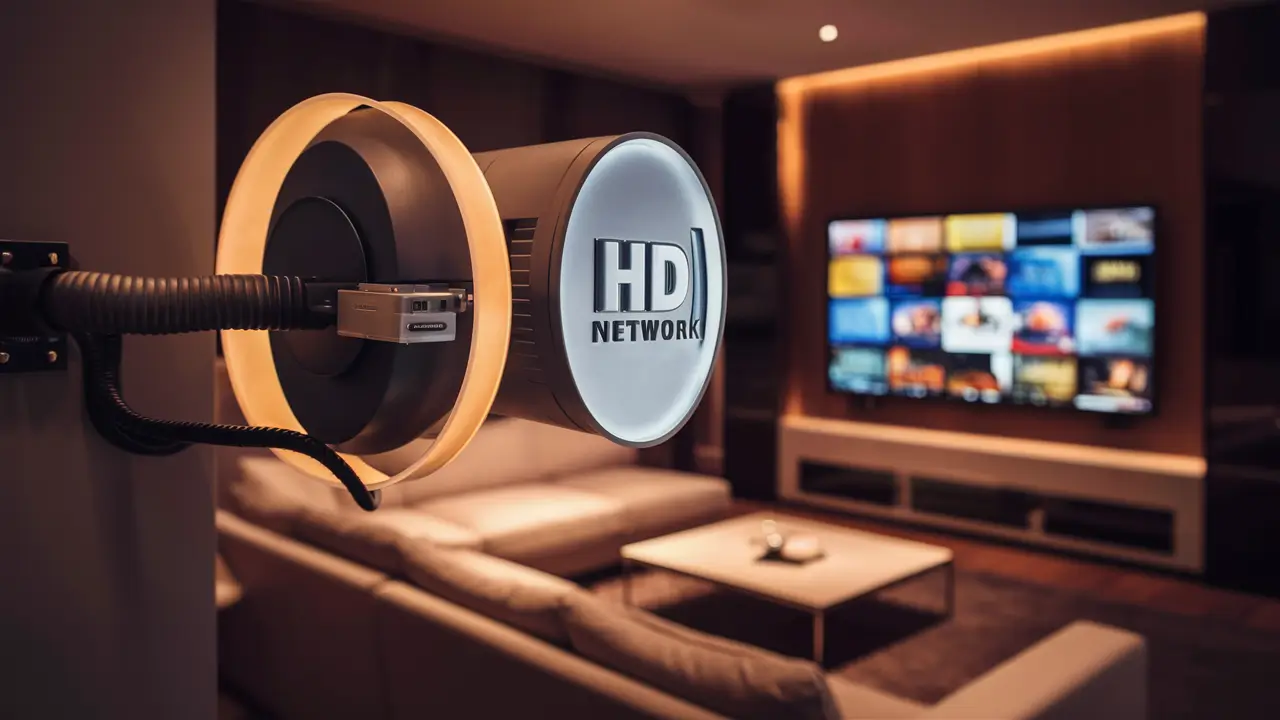
Mounting a Dish Network HD dish may appear to be complicated, but it is quite easy provided certain procedures are followed. It is recommended that the Dish Network HD dish be installed in the correct position to capture the satellite and allow for viewing of high-definition television. Below are the steps that one needs to follow to properly align the Dish Network HD dish for maximum reception.
Preparation
Before beginning, make sure you have the following equipment:
- Dish Network HD satellite dish as well as the mounting bracket
- Coaxial cables
- Power drill with the right drill bits and drivers
- Signal meter or satellite finder
- Clear view of the southern sky (for most of the US)
Determine Dish Mounting Location
It is recommended that you select a suitable place to install your Dish Network HD dish. It should:
- It should have an unobstructed view of the middle of the southern sky.
- Be a flat and rigid platform on which the dish can be placed without getting damaged due to the weight of the dish.
- Permit coaxial cables to reach your receivers
- It is not permissible to point at somebody across public corridors or jeopardize electric wires.
The mounting surface can be the roof, the side of a chimney, or the external wall of your house.
Install Mounting Bracket
According to the surface you selected and the Dish mount design, put in the mounting bracket as per the guidelines. Ensure that it is fixed firmly in place and placed to an equal degree. This is useful to provide a firm and stable platform where the dish can be placed.
Mount The Satellite Dish
Secure the Dish Network HD satellite dish on the bracket as per the instructions given. Certain designs may differ in the way they are to be constructed, albeit this may not be very significant. Screw all the mounting bolts loosely to allow some movement while aligning the dish.
Find Azimuth Direction
With the help of a compass, you will identify the specific azimuth direction that your Dish HD dish should be facing. With most of the continental US, it is towards the southern sky. They may have a very small difference in the magnetic deviation to add to the overall picture of the metro areas.
Set Elevation Angle
Just as an FYI, Dish Network satellites are in geosynchronous orbit, so they require that the dish be set at an angle. It is usually 40-43 degrees for the western satellite at 119 degrees west. This tilt may slightly differ by several degrees depending on the location.
Connect Signal Meter
Connect the coaxial cable from the LNB arm of the satellite dish to your satellite finder or signal meter. It is important to make sure that you do not block the view of the LNB when you are installing it. At this point, switch on the display to begin receiving signal strength signals.
Point Dish Roughly
Point your Dish Network HD dish in the general direction of the satellites by using the azimuth direction and the elevation tilt. You may not get signals yet as fine-tuning is still needed. But this gets you in the vicinity of the satellite But this gets you in the vicinity of the satellite.
Peak Signal Strength
Now starts the fine-tuning phase. Rotate the dish in left-right and up-down directions and observe the changes in the signal strength on the meter. Halt at positions that provide maximum signal values. This is usually evident at the point of optimal alignment.
Tighten Mounting Bolts
If you identify the highest signal levels in a specific dish position, then you should tighten the bolts of the mounting bracket without altering the dish position. After checking signals to confirm the alignment of the system was not interfered with, check again one more time.
Connect To Receivers
Remove the meter and join the coaxial cables with the LNB arm of the satellite dish to the HD receivers. Switch on receivers and televisions to verify signals of Dish programming. If necessary, run setup wizards.
Troubleshoot Issues
If directors are unable to receive DISH Network signals on receivers, they should verify that the communications hardware connections are correct. One of the problems that users often experience is loose cables. If connections are okay, then retry the alignment process. Mounting at sub-optimal locations can make pointing challenging.
Professional Help
If you face some complicated installations or bizarre interferences, consult an expert satellite TV installer. That is why they have specialized meters as well as other equipment that can point dishes even under different conditions.
That sums up the main aspects of the process of how to aim your Dish Network HD dish antenna. Although it may seem rather complicated, all one has to do is pay close attention to the signal strength meter. With some practice, you can master pointing for the best reception of high-definition images. Make sure that you give adequate time to it and do not be scared to repeat a step or a process when the need arises. This is an important consideration that will ensure that one is to enjoy the best of Dish Network satellite programming.
Ready to upgrade your TV experience? Call us now at (877) 471-4808 to find the perfect Dish Network plan for you! Don’t miss out on great entertainment—our team is here to help you choose the best package and get you started today.





